Up until recently, I never liked mayo because of the ingredients. The sheer thought of store-bought mayo and what might be in it grossed me out, until I learned that it is surprisingly simple to make your own.
Quality is always key when it comes to ingredients. With making raw mayo, it is even more important – especially when it comes to eggs, since we’ll be using raw eggs. Worried about salmonella? Don’t be! Pasture-raised eggs from healthy chickens – those that are able to scratch and peck while being exposed to sunlight – are not a threat for carrying salmonella. On that note, I avoid buying eggs with a label that says “fed a 100 percent vegetarian diet” because it is a guarantee that the chickens were never outside in nature. Healthy chickens should be outside and consuming their natural food diet, including worms and insects. This ensures that they can lay eggs with an optimal omega-6 to omega-3 ratio, and eggs will be high in essential nutrients, including B vitamins, choline, and selenium. Those kinds of eggs are hardly found in any store-bought mayonnaise.
Next, let’s look at the oils. Most store-bought mayo is made with canola oil and/or other processed vegetable oils high in polyunsaturated fatty acids. These polyunsaturated fatty acids are heat sensitive and often reflect an unhealthy omega-6 to omega-3 ratio (meaning too much omega-6). Most vegetable oils, which are actually seed oils, are also highly processed using heat and chemical solvents. Better oils for making mayo are monounsaturated oils, such olive oil, avocado oil, or high-oleic sunflower oil, which mimics the fatty acid profile of olive oil. To get your daily intake of polyunsaturated fatty acids, you might consider getting them in the form of nuts or fish high in omega-3. When I started making mayo, I was not keen on the bitter taste of olive oil, so I avoided it completely by using tasteless sunflower oil. Then, I experimented a bit more with combining the two, and now I actually prefer to use more olive oil than sunflower oil.
The other ingredients are freshly-squeezed lemon juice (an emulsifier), dijon mustard, and salt to provide additional flavor. I usually use pink Himalayan salt to get as many trace minerals as possible. There is one more ingredient I like to add: whey, which acts as a preservative here. Whey is the yellowish fluid from plain yogurt. You can get it by straining yogurt through a sifter lined with a cheesecloth. The remaining solid is cream cheese (ready to eat!), while the fluid is the whey, which can be used as a starter for lacto-fermentation (see note below), the traditional process of preserving food by letting the good bacteria multiply to keep the bad ones in check.
And that’s it! This lacto-fermented mayonnaise is something I’ve grown really fond of. Besides tasting yummy, it adds nutrients (including enzymes and probiotics) to the diet and, as promised, is really easy to make!
Homemade Mayonnaise Recipe
(adapted, with permission, from Nourishing Traditions)
Ingredients
1 whole egg, ideally pasture raised
1 egg yolk, ideally pasture raised
1 tsp dijon mustard
1 ½ tbsp lemon juice
1/4 + 1/8 tsp celtic sea salt or pink Himalayan salt
1 tbsp whey (optional for lacto-fermentation*)
1 cup combination of high oleic sunflower oil or avocado oil and olive oil
Directions
Place all ingredients except the oil in a jar, and blend for a few seconds with a hand blender. Add the oil, and use the blender to let the mayo emulsify.
Notes
- *If whey is used, then let the mayo sit for seven hours or overnight at room temperature to allow the lactobacillus to work and multiply before putting it in the fridge. It will keep for several months. The texture will get firmer over time.
- Without the whey, the mayo will keep for about 10 days in the refrigerator.
- If you prefer a milder-tasting mayonnaise, then use only a little olive oil. My favorite combination is a bit more olive oil than sunflower oil, resulting in a stronger-tasting mayo.

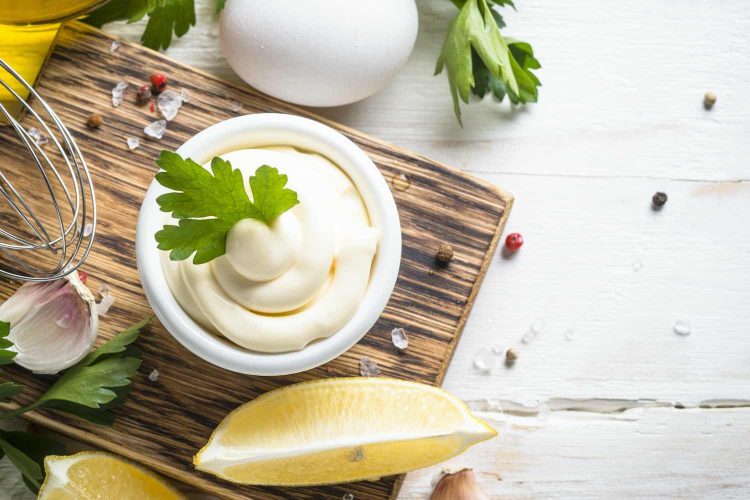







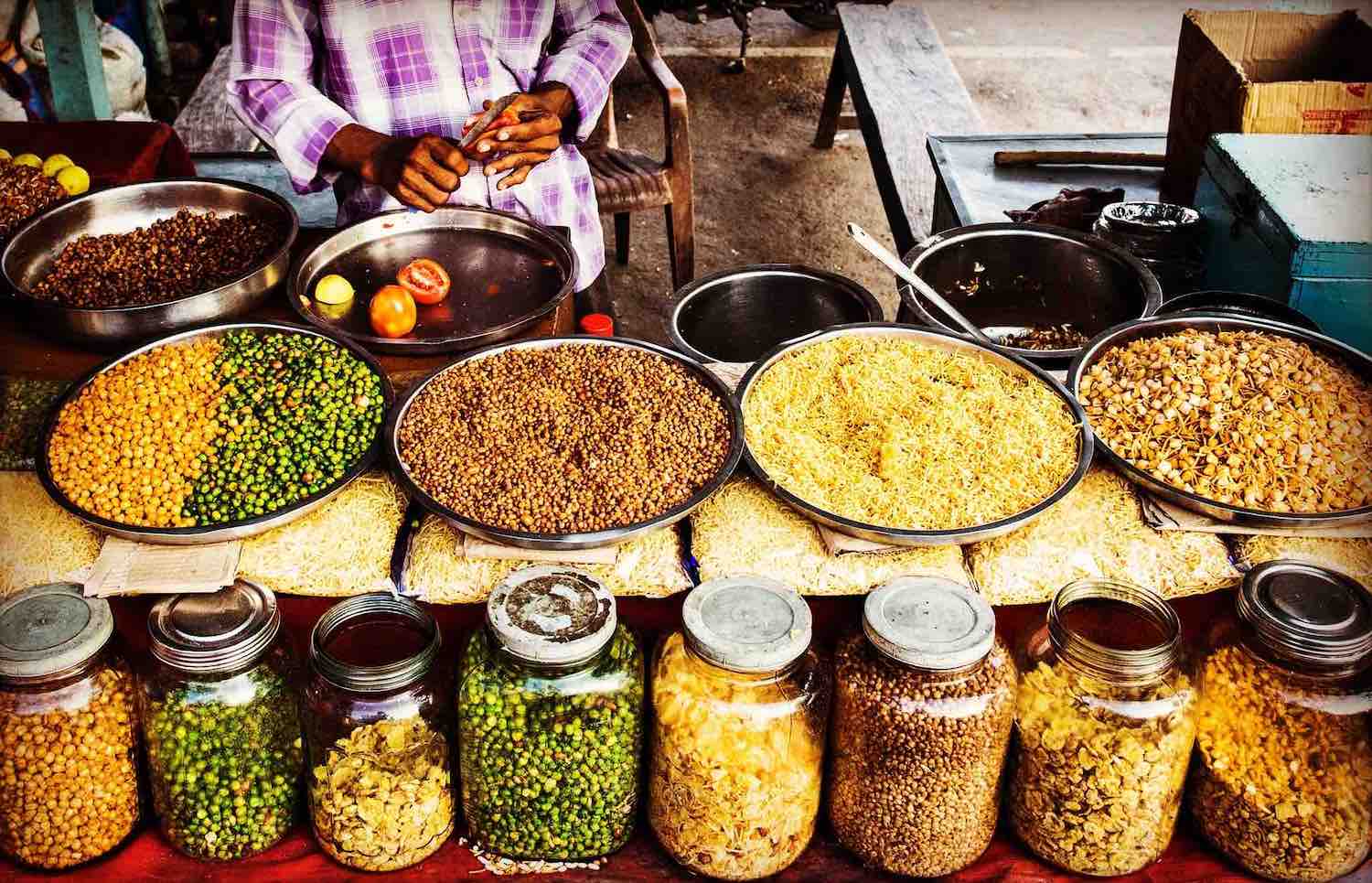
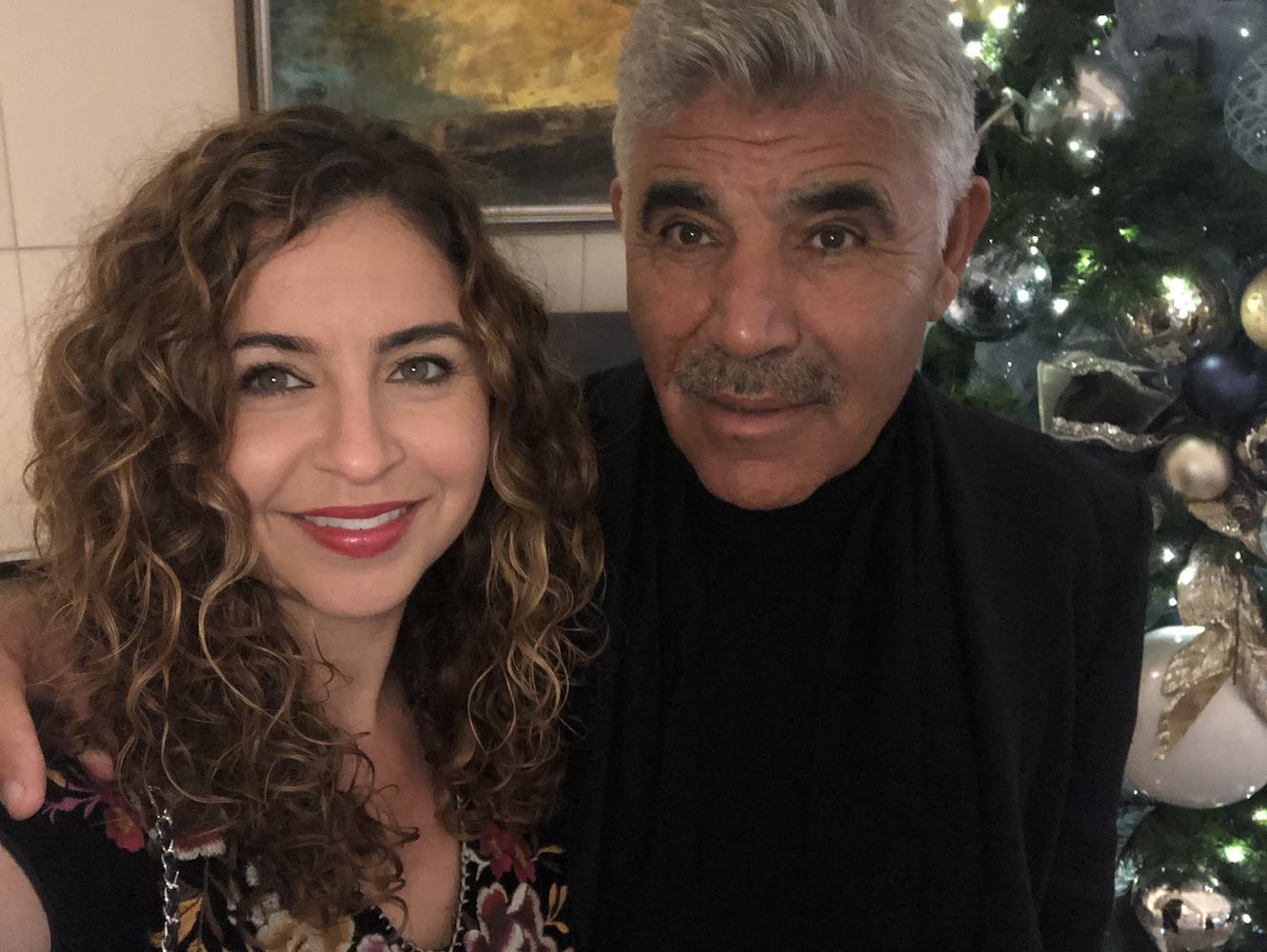
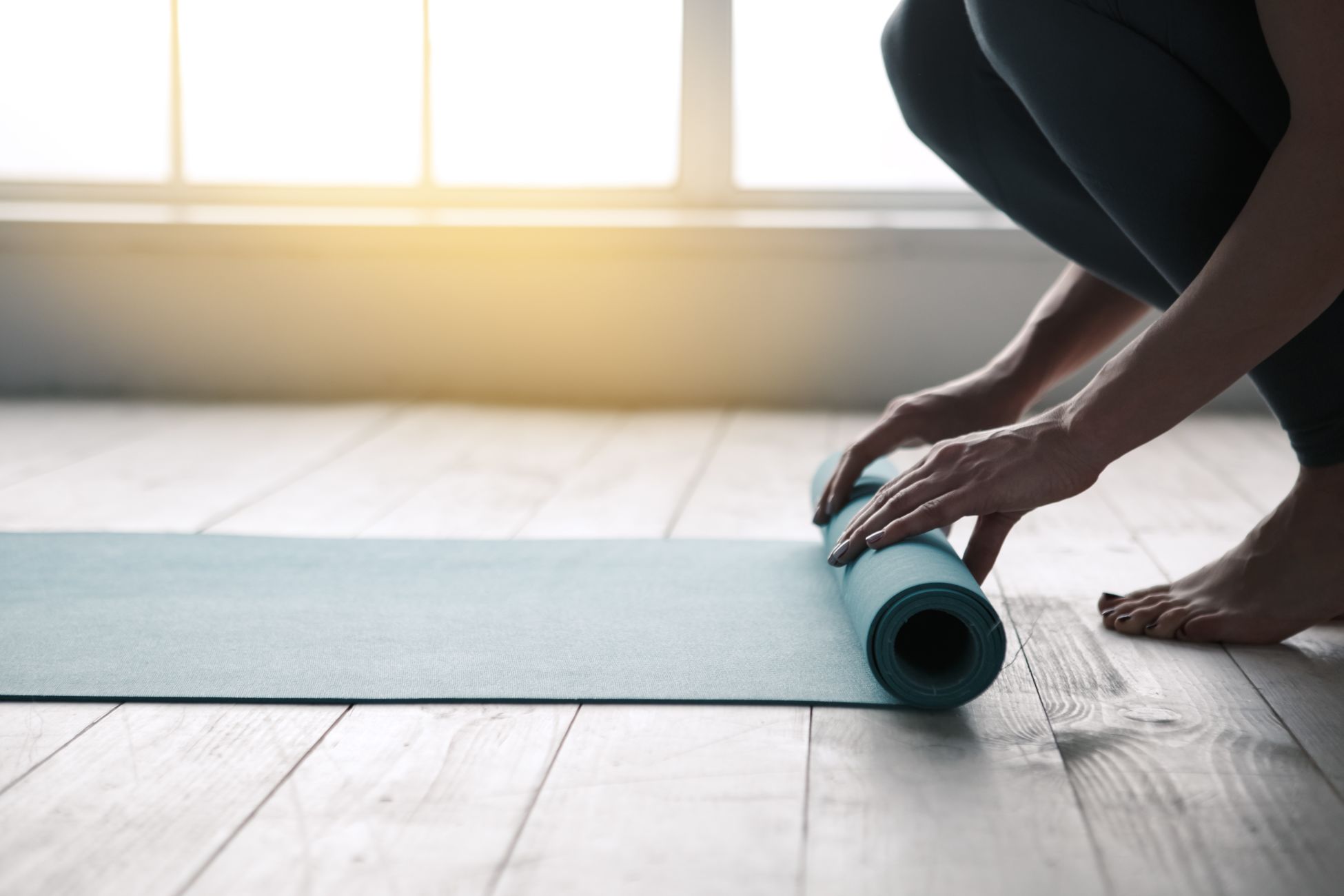

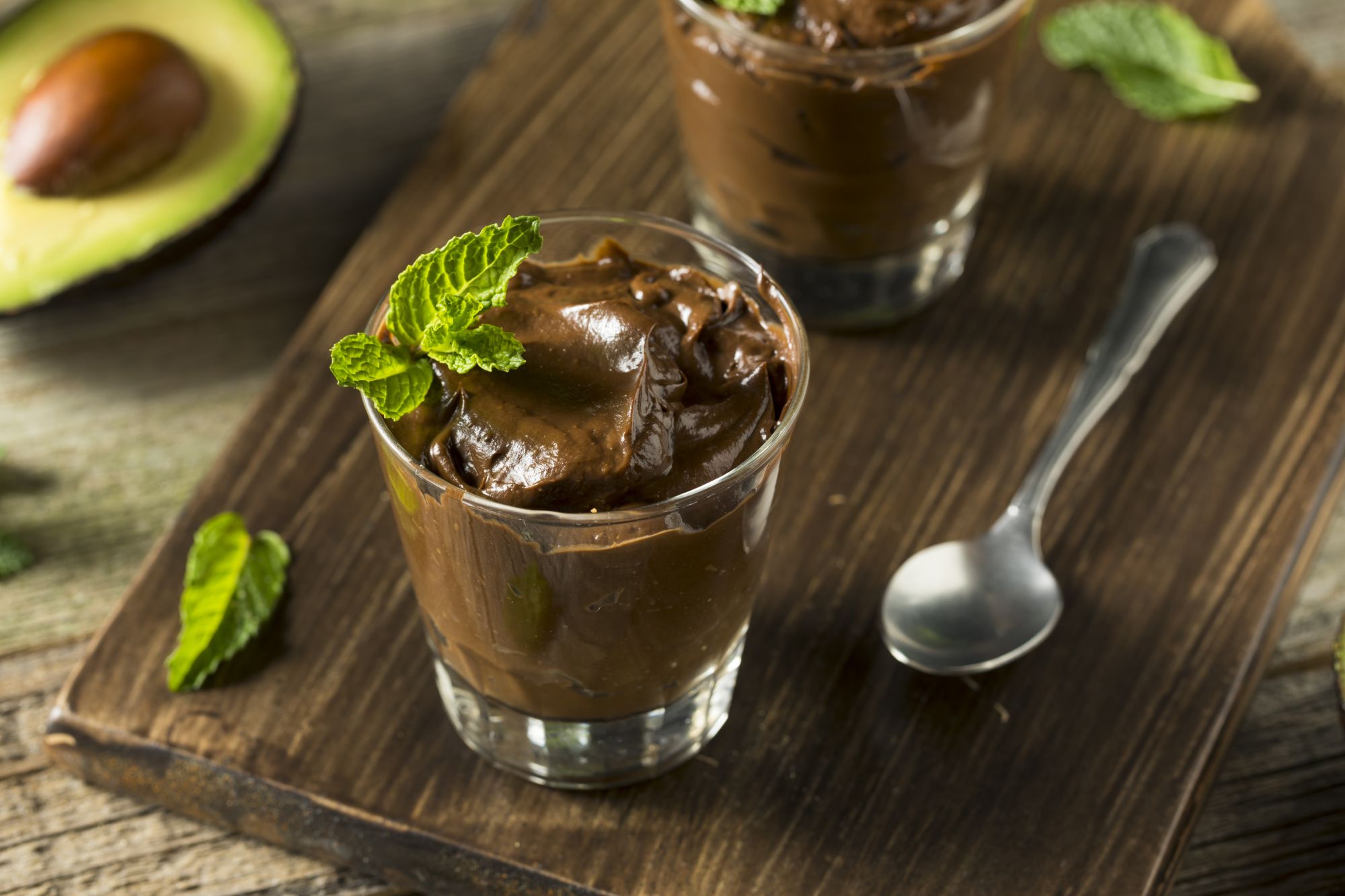

One reply on “How to Make Your Own Mayonnaise”
Wonderful you! 😘